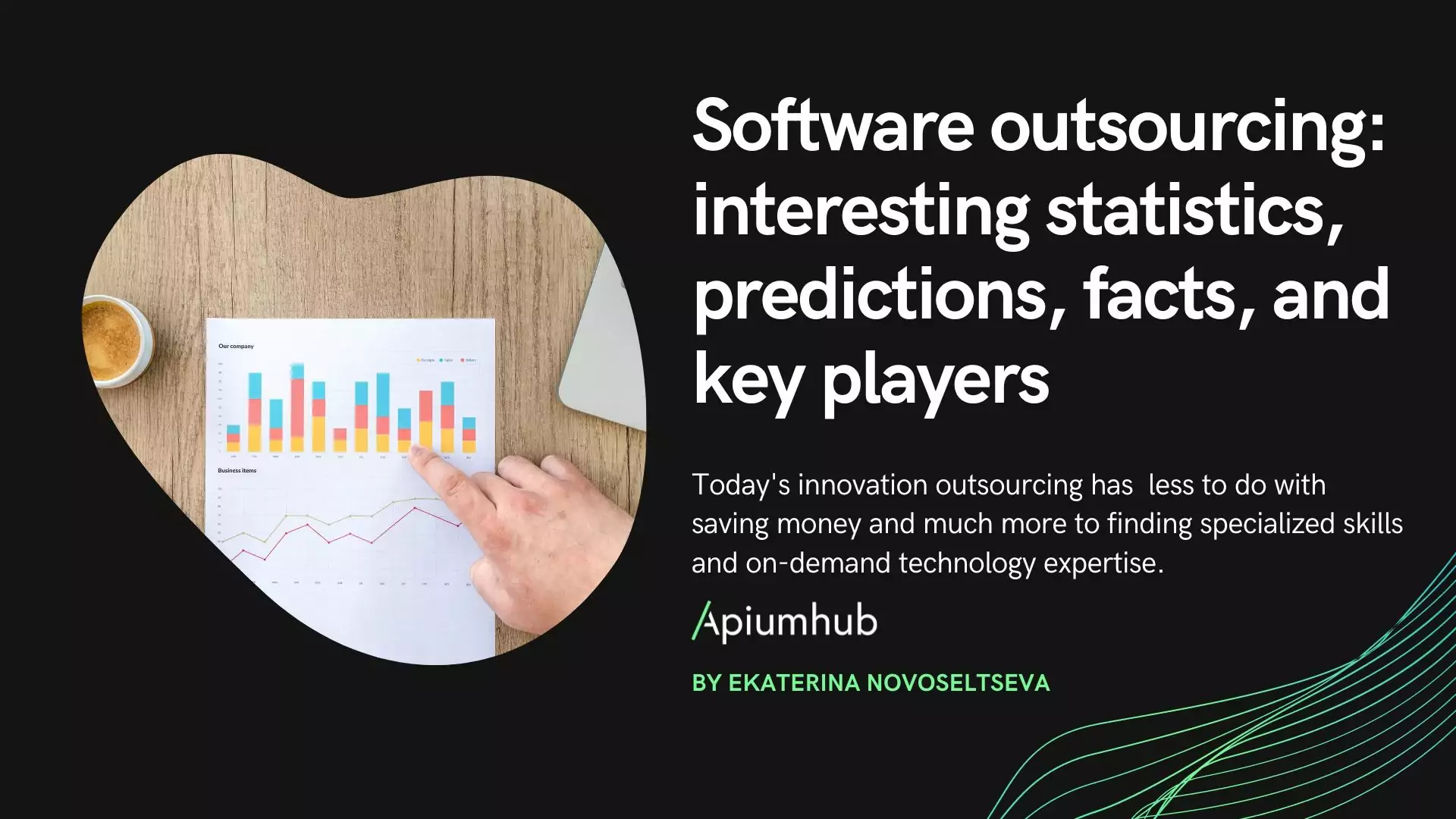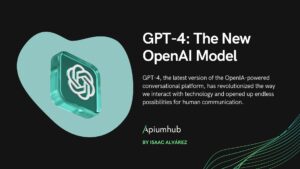Table of Contents
Innovation and pragmatism are two contrasting approaches in software development, each with its own merits and considerations. Let’s explore pragmatic innovation more in-depth in this article.
Software innovation
Innovation refers to the pursuit of novel ideas, creative solutions, and cutting-edge technologies in software development. It involves pushing the boundaries, exploring new possibilities, and challenging conventional practices. The focus is on creating something unique and groundbreaking.
Pros:
- Competitive advantage: Innovation can differentiate a product or organization from its competitors, attracting customers and generating new business opportunities.
- Future-proofing: By embracing innovation, software developers can stay ahead of the curve and adapt to emerging technologies and trends.
- Enhanced user experience: Innovative solutions often provide new features, improved usability, and more engaging user experiences.
Cons:
- Uncertainty and risk: Innovation inherently involves a level of uncertainty, as untested ideas or technologies may not work as expected or be readily adopted.
- Higher costs and time investment: Developing innovative solutions may require more resources, research, and experimentation, leading to increased costs and longer development cycles.
Compatibility challenges: Cutting-edge technologies may not be compatible with existing systems or platforms, requiring additional effort to integrate or maintain.
Pragmatic software development
Pragmatism emphasizes practicality, efficiency, and a focus on delivering tangible value. It involves leveraging proven technologies, established methodologies, and best practices to achieve reliable and predictable outcomes. The emphasis is on solving immediate problems efficiently.
Pros:
- Faster time-to-market: Pragmatic approaches prioritize delivering functional software quickly, allowing organizations to respond rapidly to market demands.
- Lower costs: By leveraging existing tools, libraries, and frameworks, pragmatic development can reduce costs associated with experimentation or implementing new, unproven technologies.
- Stability and reliability: Established technologies and methodologies have been tested and proven, providing a higher level of stability and reliability.
Cons:
- Lack of differentiation: A purely pragmatic approach may result in generic solutions that do not stand out in the market or fail to provide a competitive edge.
- Missed opportunities: By sticking too closely to established practices, developers may miss out on breakthrough ideas or fail to capitalize on emerging trends.
- Inflexibility: Rigid adherence to pragmatic approaches may hinder adaptability to changing requirements or unforeseen challenges.
Finding the right balance between innovation and pragmatism is crucial for software development projects. It often depends on the context, such as the industry, target audience, project goals, and available resources. Some projects may require a more innovative approach to gain a competitive advantage, while others may benefit from a pragmatic focus on delivering reliable, cost-effective solutions. Ultimately, successful software development often involves blending the best elements of both approaches to achieve optimal outcomes.

Pragmatic Innovation in software development
Pragmatic Innovation in software development combines the practicality and efficiency of a pragmatic approach with the spirit of innovation. It seeks to balance the need for reliable and efficient solutions with the exploration of new ideas and technologies. Here are some key aspects of pragmatic innovation:
- Problem-driven approach: Pragmatic innovation starts with a clear understanding of the problem or challenge at hand. It focuses on identifying practical solutions that address the specific needs of users or stakeholders. Instead of pursuing innovation for its own sake, the emphasis is on solving real-world problems effectively.
- Incremental improvements: Rather than pursuing radical or disruptive changes, pragmatic innovation often involves incremental improvements to existing systems, processes, or products. It looks for ways to enhance efficiency, usability, and performance by adopting new technologies or refining existing ones.
- Agile methodologies: Pragmatic innovation aligns well with lean and agile development methodologies. It emphasizes iterative development, continuous feedback, and rapid experimentation. This allows developers to quickly test and validate ideas, incorporating feedback from users and stakeholders throughout the development process.
- Risk management: While innovation inherently carries risks, pragmatic innovation focuses on managing those risks effectively. It involves conducting feasibility studies, prototypes, and proofs-of-concept to validate ideas before committing extensive resources. Risk mitigation strategies, such as phased implementations or fallback options, are also considered to ensure stability and minimize disruptions.
- User-centric design: Pragmatic innovation places a strong emphasis on user needs and feedback. It involves close collaboration with users to understand their pain points, preferences, and expectations. By incorporating user feedback early and frequently, pragmatic innovation ensures that the solutions developed align with the users’ requirements and deliver tangible value.
- Continuous learning and adaptation: Pragmatic innovation recognizes that the software development landscape is constantly evolving. It encourages a culture of continuous learning, exploration, and adaptation. Developers are encouraged to stay updated with the latest industry trends, technologies, and best practices, incorporating them judiciously into their projects.
The concept of pragmatic innovation acknowledges the importance of both practicality and innovation in software development. It seeks to strike a balance between delivering reliable and efficient solutions while embracing new ideas and technologies that provide meaningful improvements. By combining the strengths of both approaches, pragmatic innovation aims to achieve optimal outcomes that meet user needs, drive business value, and keep organizations competitive in a rapidly changing technological landscape.
Let’s look at what software development and software architecture experts think about pragmatic innovation:
- Mark Richards – Co-author of the book “Fundamentals of Software Architecture”
“The second best words of advice I’ve ever received when I first became an architect was that I must remain pragmatic, yet visionary. Pragmatic is defined as “dealing with things sensibly and realistically in a way that is based on practical rather than theoretical considerations”, whereas being a visionary is defined as “thinking about or planning the future with imagination or wisdom”. Both are needed as a software architect, and striving for a balance between these, although difficult, is one of the keys to being a successful and effective software architect.”
You may find the full interview with Mark in this article: Interview with Mark Richards
- Eoin Woods – Co-author of the book “Software Systems Architecture” & “Software Architecture Metrics”
“Pragmatism is what allows innovation to be effective and thrive. Without thinking about the tradeoffs and practicalities of an innovative idea, you are probably dooming it to failure. However exciting an idea, it has to be practical and useful.”
You may find the full interview with Eoin in this article: Interview with Eoin Woods
- Sonya Natanzon – Engineering leader and software architect
“I am a big fan of pragmatism in software architecture, but I don’t think pragmatism is at odds with innovation. Pragmatism is a great check on those who want to go after every new shiny technology or buzzword, but pragmatism also drives innovation. For example, we evolved from using bare metal to virtual infrastructure to the cloud for a variety of pragmatic reasons, such as scalability (without capital expenditures), simplifying deployments, etc.”
You may find the full interview with Sonya in this article: Interview with Sonya Natanzon
- Kenny Baas-Schwegler – Author of the book “Collaborative Software Design: How to facilitate domain modeling decisions”
“Again a polarity, we need both-and and the key is managing these polarities and knowing when you end up in the negative part of one of the polarities. I use polarity management by Barry Johnson for it”
You may find the full interview with Kenny in this article: Interview with Kenny Baas-Schwegler
- João Rosa – Co-author of the book “Software Architecture Metrics”
“It depends. Short and sweet (also the preferred jargon of consultants). There are multiple dimensions, and I tend to fall back to the work of Simon Wardley to help me chose the correct approach with regard to the evolution phase of the product (assuming digital attributes where software architecture is key). I also combine it with the X3 model from Kent Beck. Saying that, you need both, however, the tools, techniques, and behavior are different.
If we are innovating, trying to disrupt a market, or creating a product, we need to keep the ability to the flexible and pivot. The stability of the system doesn’t come as first thought. “Things” tend to be chaotic, and if we are innovating, it is important to read weak signals to help move the product (and architecture) in the right direction. What is the right direction? That is the hard one, since innovation is uncertain, and experiments and efforts fail. The ability to do safe-to-fail experiments is crucial to innovate.
On the other side, we have pragmatism. If the product and the underline architecture are in an evolution phase such as Product (+rental), using Simon’s Wardley lingo), removing waste and being pragmatic is key. It will allow for retaining the core capabilities of the product and focus on the parts of the software architecture that need to increase resilience and stability, removing features that are not needed for this evolution phase.
Again, as a software architect is our job to facilitate the organization to use adequate methods of problem-solving. Taking into account multiple dimensions will give the necessary data points to make a decision.”
You may find the full interview with João in this article: Interview with João Rosa
- Patrick Kua – Advisor at DX
“A lot of people see these as you’ve described them, one or the other, but not both. I see them together. Interestingly I have seen what a lot of people consider innovation because they are trying to solve a problem pragmatically, and do so in a different way.”
You may find the full interview with Patrick in this article: Interview with Patrick Kua
I trust you found this article valuable. If you have an inclination towards this subject, I strongly suggest your participation in this year’s Global Software Architecture Summit. Esteemed speakers such as Neal Ford, Mark Richards, Sonya Natanzon, Diana Montalion, Eoin Woods, and numerous others will delve into modern software architecture practices.
Remember, when it comes to pragmatic innovation in software development, you can always rely on the Apiumhub team for assistance.
Author
-
Ekaterina Novoseltseva is an experienced CMO and Board Director. Professor in prestigious Business Schools in Barcelona. Teaching about digital business design. Right now Ekaterina is a CMO at Apiumhub - software development hub based in Barcelona and organiser of Global Software Architecture Summit. Ekaterina is proud of having done software projects for companies like Tous, Inditex, Mango, Etnia, Adidas and many others. Ekaterina was taking active part in the Apiumhub office opening in Paseo de Gracia and in helping companies like Bitpanda open their tech hubs in Barcelona.
View all posts











